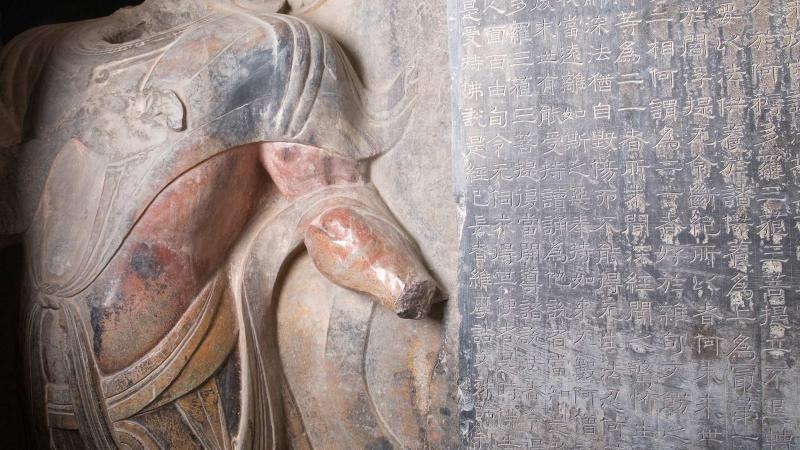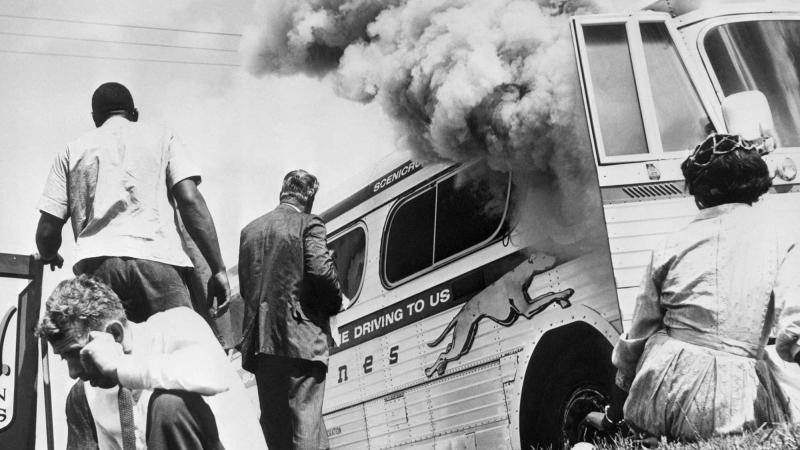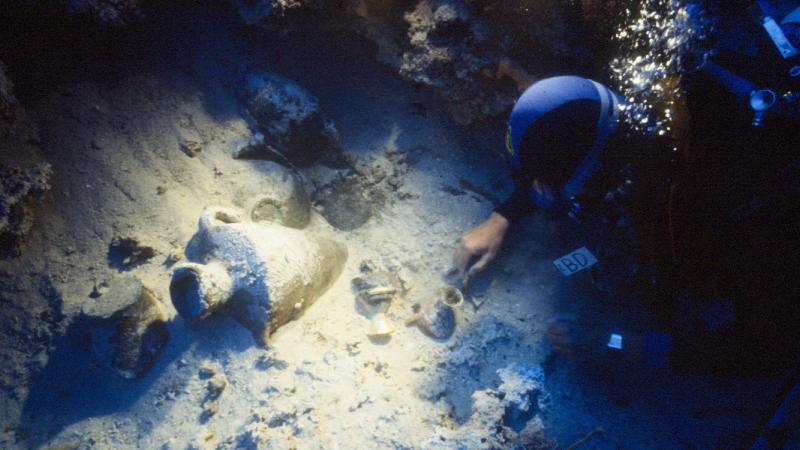Laura Ingalls Wilder’s eight “Little House” books, based on her pioneer childhood, capture a transformative time in American history—documenting the trials of homesteaders on the Great Plains, the removal of the Osage Indian tribe, the great plagues of swarming locusts that consumed large swaths of the country, and one of the worst recorded blizzard-filled winters on the continent. Over 60 million copies of the Little House books were sold between 1932 and 2010, capturing the imaginations of generations of young readers.
Fans of the books can read the volumes published in 2012 by the Library of America, which was started with $1.2 million from NEH, or visit historic sites such as the Laura Ingalls Wilder Memorial Society in De Smet, South Dakota, which received $40,000 from NEH to preserve its collections. Yet another way to enter the world of Laura Ingalls Wilder is through the music in her stories.
While reading Little House in the Big Woods, Dale Cockrell, a musicologist at Vanderbilt University, and his eight-year-old son were mesmerized by all the songs included in the narrative. “Right in the middle . . . is the Dance at Grandpa’s chapter, with that amazing recollection of a hoedown at a family home in Wisconsin.” Cockrell remembers thinking, “This is a kind of historical ethnography of family music making.” He went through all the books and found 127 songs interwoven with the stories—almost every meal ends with Charles “Pa” Ingalls breaking out his fiddle, and his songs reflect the events and mood of what the family is experiencing. “But,” says Cockrell, “what Sam and I really wanted was not just a list of songs . . . we wanted to be able to hear them.”
With access to top producers and musicians in Nashville, Cockrell became one of the rare musicologists to start his own record label—Pa’s Fiddle Recordings—in order to record and share the Little House songs. Happy Land: Musical Tributes to Laura Ingalls Wilder was published in 2005 and included in the NEH We the People Bookshelf program, which distributed selected books, DVDs, and CDs free to 2,000 libraries across the country.
From the recordings came the inspiration for a scholarly anthology of the family’s music. Cockrell received $40,000 from NEH to research the mix of 19th-century hymns, children’s songs, fiddle tunes, folk songs, school songs, and published concert songs that make up the books’ repertoire. With a $240,000 NEH grant, The Music of the United States of America series published The Ingalls Wilder Family Songbook in 2011.
“Charles Ingalls is the old time 19th-century fiddler about whom we know the most,” says Cockrell. “We’ve got his fiddle, we’ve got 7 books about him and his music, we’ve got the tunes he played, we’ve got some descriptions. I think he was an excellent, if not an extraordinary, musician.”
Cockrell also brings his knowledge and enthusiasm every other summer to 25 teachers who attend “Voices Across Time,” a five-week institute held at the University of Pittsburgh. NEH has funded six of the institutes since 2003 with $1,102,133 in grants. In his talks, Cockrell often describes one of his favorite musical scenes: The final moments from These Happy Golden Years, where Laura describes her last night at home, her last night of childhood, before she leaves her family to begin her married life. Pa plays for her “Love’s Old Sweet Song.”
Even today we hear love’s song of yore,
Deep in our hearts it dwells forevermore.
Footsteps may falter, weary grow the way,
Still we can hear it at the close of day.
So till the end when life’s dim shadows fall,
Love will be found the sweetest song of all.
“Whenever I lecture on that part,” says Cockrell, “I’m usually in tears, and half the audience is in tears, too.”
Written by Amy Lifson, assistant editor of Humanities.


